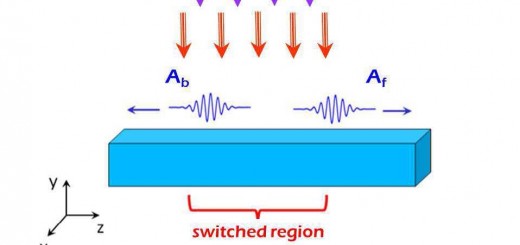Spin Texture of Sub-Gap Andreev Levels in Semiconductor Quantum Dots Proximity-coupled to Superconductors
 When: Friday, 27 November (2015), 12:00h
When: Friday, 27 November (2015), 12:00h
Place: Departamento de Física de la Materia Condensada, Facultad Ciencias, Module 3, Seminar Room (5th Floor).
Speaker: Eduardo J. H. Lee, SPSMS, CEA-INAC/UJF-Grenoble, France.
Abstract:
The combination of superconductors and low-dimensional semiconductors embodies a rich, yet largely unexplored physics. In this hybrid system, macroscopic properties enforced by superconductivity can be controlled through electrically tunable microscopic degrees of freedom, inherent to a relatively small number of confined electrons. Here we consider the prototypical case of a quantum dot (QD), defined in a semiconductor nanowire, strongly coupled to a superconductor (S) and weakly to a normal-metal (N) tunnel probe. In this system, the ground state can be either a spinsinglet or a spin doublet, depending on a competition between the superconductivity proximity effect, Coulomb interactions and Kondo correlations. In this talk, I will present experimental results unraveling magnetic properties of the lowest-energy, subgap states associated with elementary excitations between the singlet and double states (Andreev levels) [1]. In a magnetic field, the Zeeman splitting of these sub-gap states is revealed. The splitting can induce a quantum phase transition, manifested as a zero-bias conductance peak, from the singlet state to a spin-polarized ground state. Implications of the present work to current research on Majorana fermions will be discussed.
References
- E. J. H. Lee, X. Jiang, M. Houzet, R. Aguado, C. M. Lieber and S.De Franceschi, Nature Nanotech. 9, 80, (2014).



















